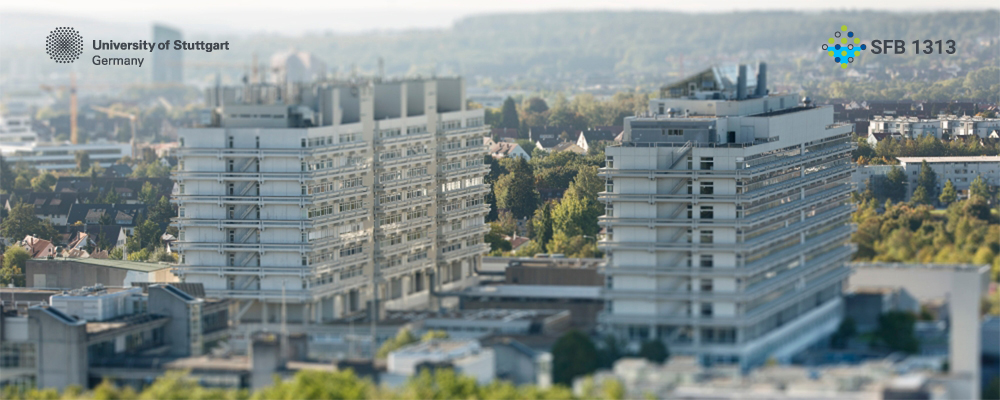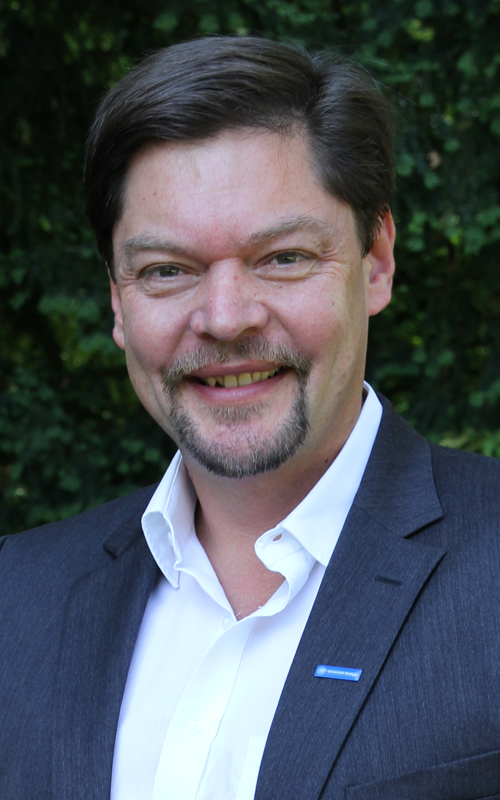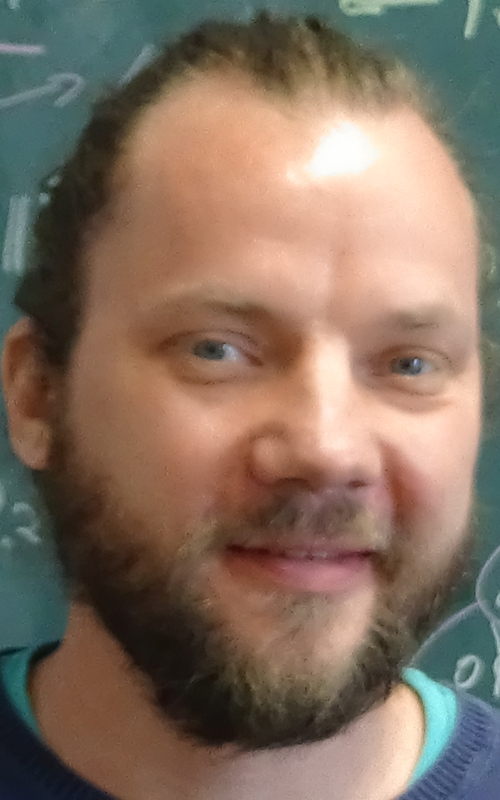Here you find:
- The detailed Scientific Programme of the InterPore German Chapter Meeting on 1st and 2nd February 2021.
- The Book of Abstracts
Invited speakers
|
Veerle Cnudde (Ghent University) Unravelling pore-scale processes in geomaterials To fully understand the macroscopical behavior of geomaterials, their pore scale properties and processes have to be understood. The stone’s mineralogy and pore structure strongly affect key internal pore scale processes. To explore these dynamic pore-scale processes, several non-destructive 3D and 4D methods are currently available. Unravelling pore-scale processes in combination with pore scale modelling is an essential step towards understanding and predicting a geomaterial’s macroscopic behavior correctly. The presentation discusses the current possibilities and challenges in non-destructive pore-scale imaging of geomaterials and how this data can be used as input for fluid flow models and their validation. Additional new developments at the synchrotron and on lab-based X-ray systems related to material characterization as well as to the understanding of pore-scale processes are discussed. Examples will be given of different experiments related to the characterization and the imaging of dynamic pore scale processes in geomaterials. |
|
Steven Jansen (University of Ulm)
The role of porous media for water transport in plants A longstanding question in biology is how plants are able to operate a transport system under negative pressure without continuously developing large gas bubbles, which would reduce sap transport from roots to leaves. This is a highly puzzling process because the water transported is saturated with gas and includes insoluble, amphiphilic lipids, which can act as strong surfactants. We speculate that transport under negative pressure is possible thanks to porous cell walls between neighbouring conduits. The 200 to 1,000 nm thick porous cell walls are estimated to have a porosity of 80%, and 20 nm wide pore constrictions. They play a crucial role as safety valves, and together with the local surface tension of lipids at gas-liquid interfaces may produce surfactant coated nanobubbles. Experimental evidence showed that partial removal of the porous cell walls in stem segments does not allow water transport under negative pressure, while electron microscopy confirmed the presence of surfactant-coated nanobubbles in plant sap. Further work on multiphase interactions between gas, surfactants, water, and solid substances are needed to provide a more complete mechanistic understanding of plant water transport, which would also be useful to develop evaporation-driven transport devices that do not rely on fossil fuels. Keywords: plant water transport, xylem tissue, surfactants, negative pressure, embolism, porous cell walls |
|
Tim Ricken (University of Stuttgart)
The Theory of Porous Media with Applications in Environmental Engineering, Biomechanics and Materials Science |
|
Raphael Schulz (FAU Erlangen-Nürnberg)
Beyond Kozeny-Carman: Predicting the Permeability in Porous Media An accurate modeling of the permeability and diffusion coefficient is essential for predictive flow and transport models. Well-established relations are proposed by Kozeny-Carman for the permeability, which relates the scalar permeability coefficient to the porous medium’s porosity. In order to capture the porous medium’s structure in more detail, further models include fitting parameters, geometric, or shape factors. Some models additionally account for the tortuosity, e.g. via Archie’s law. Contrarily to these approaches, upscaling methods directly enable to calculate the full, potentially anisotropic, effective permeability tensor without any fitting parameters. As input only the geometric information in terms of a representative elementary volume is needed. To compute the permeability-porosity relations, supplementary cell problems must be solved numerically on this volume and their solutions must be integrated. We apply this approach to provide easy to use quantitative permeability-porosity relations that are based on representative single grain, platy, or blocky soil structures. Similarly, we determine the effective diffusion coefficient and make the derived relations explicit by interpolation of the obtained data. |
|
Ralf Seemann (University of Saarland)
The Role of Local Instabilities in Fluid Invasion into Permeable Media Studied by in situ X-Ray Microtomography R. Seemanna,b, H. Scholla,b, K. Singha,b, W. Lia,b, P. Shakeria,b, M. Di Michielc,
Considering the paradigmatic case of random piles of spheres, fluid front morphologies emerging during slow immiscible displacement with a global front velocity of 3 µm/s are investigated in real time by X-ray micro–tomography and quantitatively compared with model predictions. Controlled by the wettability of the bead matrix two distinct displacement patterns are found with a transition region of about Dq ≈ 30° separating both regimes. Within each regime the displacement behavior is fairly insensitive to the exact contact angle [1]. [1] K. Singh, H. Scholl,M. Brinkmann, M. Di Michiel, M. Scheel, S. Herminghaus, R. Seemann, Sci. Rep. 7 (2017) 444. [2] M. Cieplak, M. O. Robbins, Dynamical Transition in Quasistatic Fluid Invasion in Porous Media, Phys. Rev. Lett. 60 (1988) 2042. [3] M. Cieplak, M. O. Robbins, Influence of contact angle on quasistatic fluid invasion of porous media, Phys. Rev. B 41 (1990) 11508. |






